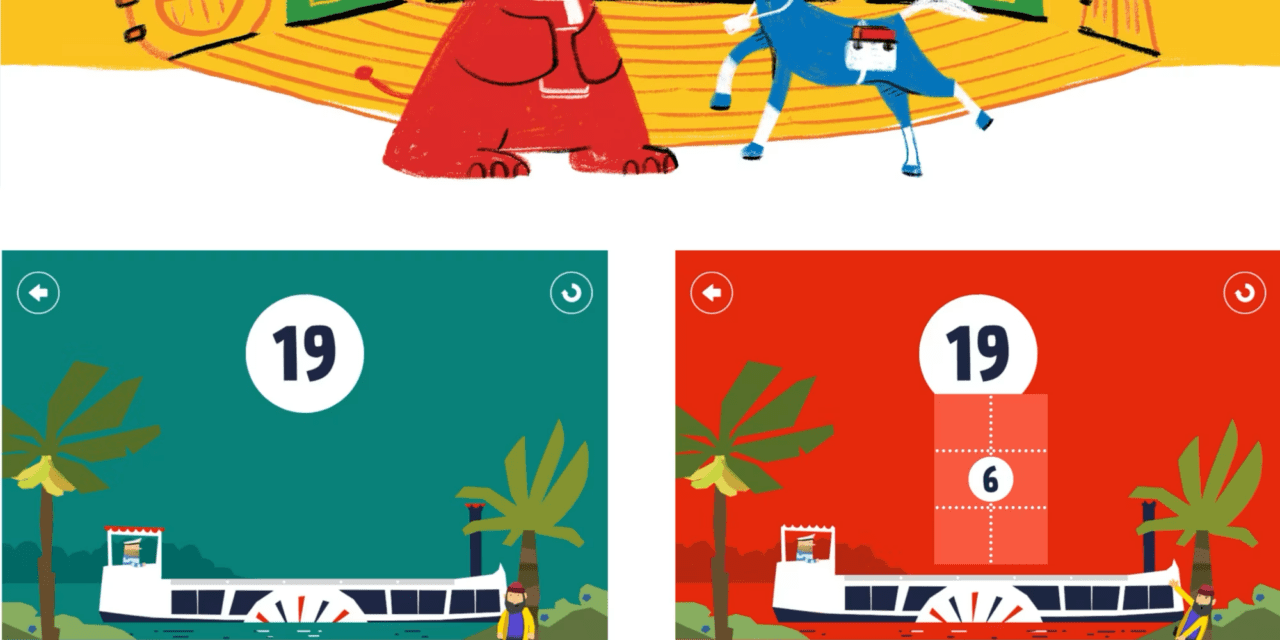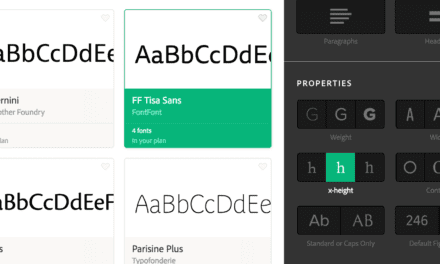ARTICLE SUMMARY: John F Kennedy once said “Children are the world’s most valuable resource and its best hope for the future.” Children start interacting with the web when they are 3–5 years old and we need to pay attention to what they are interacting with.
Designing for children requires a thoughtful approach that takes into account their developmental stages, interests, and safety.
“A Practical Guide To Designing For Children” by Vitaly Friedman looks at the intricacies in designing for that most valuable resource and what to consider. Things like
- Always Focus On A Two-Year Age Range
- Embrace Playing, Encourage Small Wins
- Getting Parents On Board
There is value when design helps children learn important skills and concepts. Designing for children also allows designers to create engaging and effective educational experiences that will help them on their road to adulthood.
Designing for children is a social responsibility that we need to take seriously. We need to help nurture and protect the vulnerable, It’s important to design products and experiences that are safe, ethical, and respectful of their rights.
Overall, designing for children is important because it allows designers to create products and experiences that meet the unique needs of this population, contribute to their development and well-being, and have a positive impact on society.
This is a great article with a lot of extra information and resources just a click away.
Let us know what you think in the comments.




